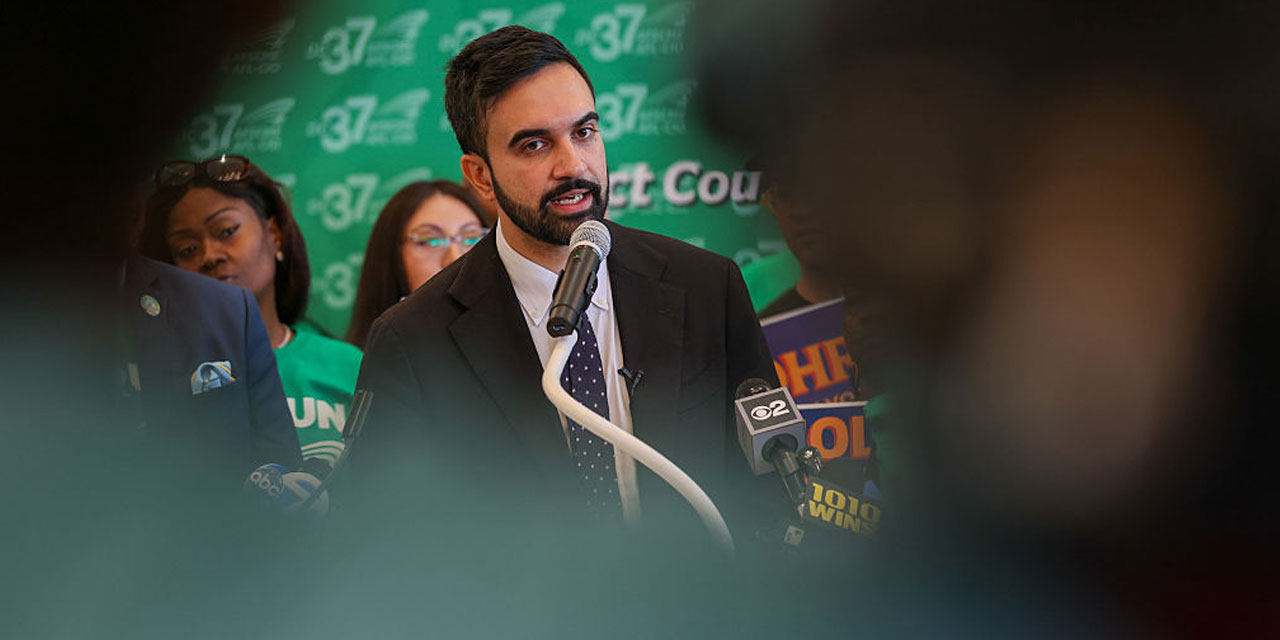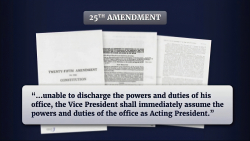
Gotham’s progressive vanguard has been galvanized by Zohran Mamdani’s victory in the Democratic mayoral primary. They plan to pressure the socialist, who has been sympathetic to calls for defunding the police and abolishing prisons, to embrace their aggressively left-wing public-safety agenda.
Consider a recent article in The Nation by police abolitionist Alex Vitale, who counsels the Democratic candidate on how to “confront the NYPD.” The essay is packed with dangerous prescriptions (like nixing the city’s gang database) that, if acted on, would spell disaster for the city and its most vulnerable residents.
Finally, a reason to check your email.
Sign up for our free newsletter today.
Vitale’s arguments are weak. He suggests that “historically low crime rates” undermine calls to “beef up police-centered strategies around public safety.” Leave aside that crimes in many categories are nowhere near their historical lows, especially accounting for how New Yorkers are spending less time in places with high victimization risk. It has apparently never occurred to Vitale that the city’s progress on crime control is the result of the “police-centered” strategies he opposes.
Homicides and shootings have indeed plummeted after spiking in 2020 and 2021–in line with sharp upticks in police activity over the last few years. NYPD officers have been making more index-crime arrests in each of the past three years, with annual increases of 24.5 percent, 16 percent, and 7.2 percent, respectively. The department averaged 213,937 vehicle stops per quarter in 2024—up from 168,280, the per-quarter average in 2022—and made 184 percent more pedestrian stops between 2021 and 2024. That activity swelled the city’s jail population, which stands now at nearly 7,700 inmates—a 30 percent increase over the average daily census in 2021. Vitale fails to grapple with the reality of cops making more arrests and stops. Indeed, his agenda requires him to avoid the question of whether low crime rates are a byproduct of increased enforcement.
Vitale offers a series of bad ideas for a prospective Mayor Mamdani. What may be his most troubling recommendation is to “allow the NYPD’s head count to . . . fall through attrition, and address public safety concerns in other ways.” NYPD officer headcounts, he claims, don’t have a “real connection to overall safety.” This is so at odds with the consensus among criminologists that it calls The Nation’s editorial rigor into question. Simply put: hiring and/or deploying more police reduces crime. This is one of the most well-documented, robust, and replicable findings in social science.
Vitale also suggests that Mamdani not focus on improving homicide clearance rates, because, he claims, “there is little evidence that clearance rates can be significantly improved by policy interventions or that such improvements translate into safer streets.” He’s wrong yet again. Several studies—from the famous Boston Homicide Clearance Project analysis to the Rand Corporation’s study on cold-case investigations—have documented that police departments can meaningfully improve clearance rates and that securing convictions can deter crime. As a study in the American Economic Journal found, in the context of DNA database expansions, “a 1 percent higher detection probability reduces crime by more than 2 percent.”
If Vitale’s positions seem more radical than those typically advocated by even adamant police critics, that’s because they are. Vitale believes that “traditional reforms” like “[b]ody cameras, new training, and changes to use-of-force policies have proven ineffective.” His evidence for that contention is that “[p]olice are killing as many or more people per year as they were killing before the implementation of such reforms.”
This is true but misleading. Police killings haven’t markedly declined because they were already exceedingly rare (occurring in less than 0.002 percent of encounters). In the overwhelming majority of those cases, they are justified by the behavior of the deceased.
Over the last decade, New York City’s progressives have agitated against the NYPD and what they call the “criminal legal system.” They’ve enjoyed considerable success, winning state-level reforms to bail, discovery, juvenile justice, and parole, citywide restrictions on police, and the scheduled closure of Rikers Island in 2027.
Vitale wants Gotham’s next mayor to push even further in this direction. New York’s voters will have to decide whether they want more of the same policies that unraveled the city five years ago.
Photo by Spencer Platt/Getty Images
City Journal is a publication of the Manhattan Institute for Policy Research (MI), a leading free-market think tank. Are you interested in supporting the magazine? As a 501(c)(3) nonprofit, donations in support of MI and City Journal are fully tax-deductible as provided by law (EIN #13-2912529).
Source link


















